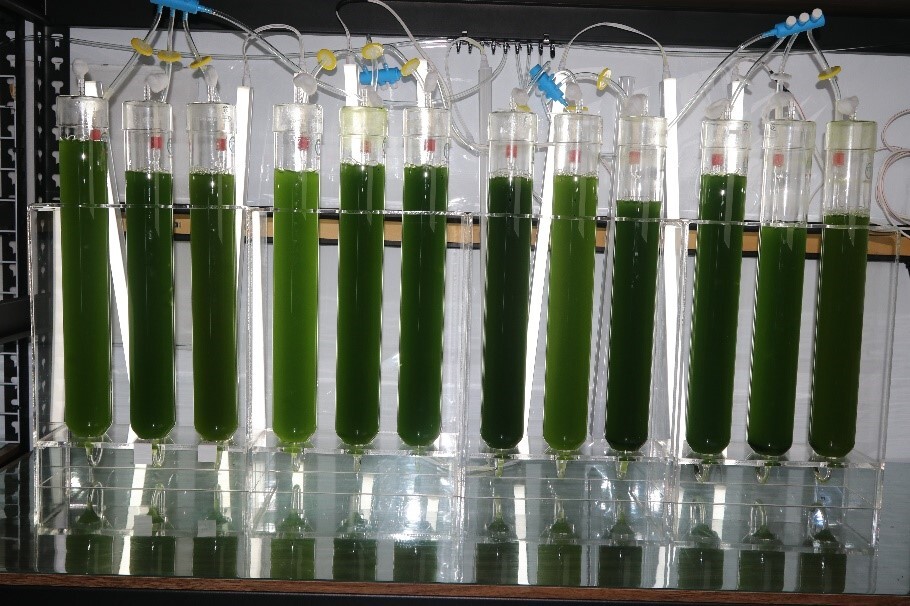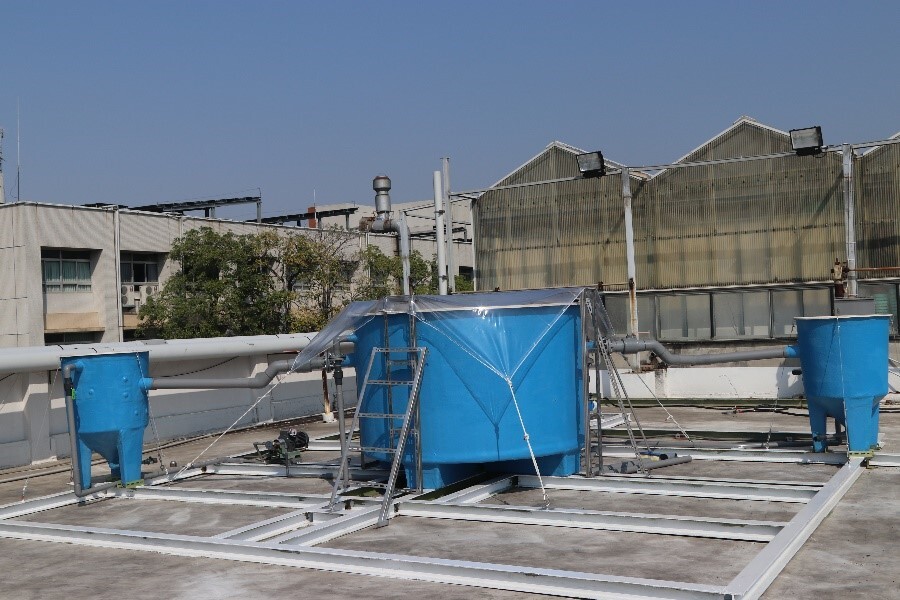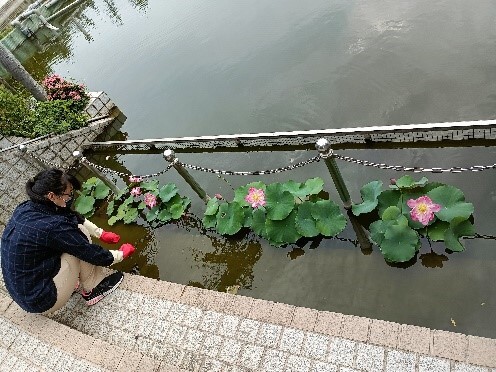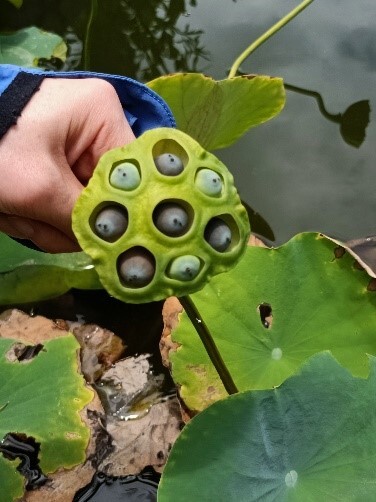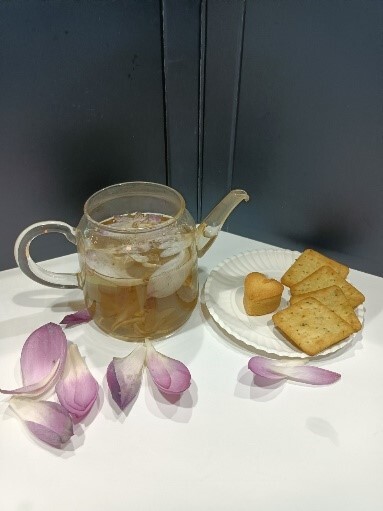SDG 14.3.2 Food from aquatic ecosystems (policies)
Water samples were collected from Baisha Lake on our university campus, and the algae were isolated and cultivated in the Algae Engineering Laboratory of the Department of Biology. A single species of algae (Chlorella) was isolated and cultured in a glass culture tube. The sample gradually grew from 50 to 400 ml, and developed continuously into a 1000 ml glass culture tube. After it was cultured and reached 200 liters, it was transferred to a 1-ton outdoor culture tank. After the water volume in which the algae sample was cultured increased to 600 liter, it was cultured for a week before being harvested. The harvested algae were dried into a powder that can be used as food for humans and animals, related event photos are shown in Figures 1-2.
|
|
|
Figure 1. Indoor algae cultivation |
|
|
|
Figure 2. Outdoor algae cultivation |
The NCUE’s Environmental Education Center has also been involved in planting lotus flowers at the Baisha Lake on campus. After several months, the lotus flowers bloomed and produced lotus seeds, which serve as a source of food from the aquatic ecosystem on campus. These lotus seeds have been used to prepare delicious dishes such as lotus seed snacks and lotus flower tea. This ensures sustainable harvesting of food from the aquatic ecosystem on campus, related event photos shown in Figures 3-4.
|
|
|
Figure 3. Planting lotus flowers on campus |
|
|
|
Figure 4. Delicious lotus seeds and freshly brewed lotus tea |

